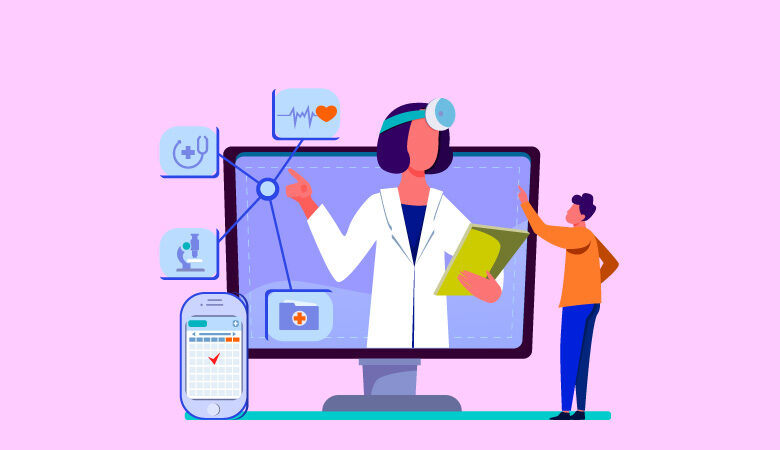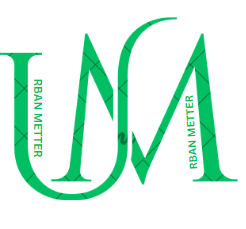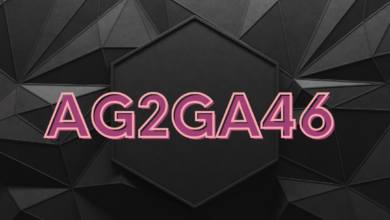Patient Care Through Healthcare Video Animation Services

In the fast-evolving world of healthcare, staying updated with the latest treatments, technologies, and methodologies is crucial for professionals and patients alike. One of the most transformative tools in today’s medical education and patient care toolkit is healthcare video animation services. These services are not just enhancing the way knowledge is imparted, but are also revolutionizing patient understanding and engagement. Here’s how innovative video animation is making waves across the healthcare sector.
The Visual Advantage in Healthcare Education
Bringing Complex Concepts to Life
Healthcare is an inherently complex field, where intricate processes and abstract concepts often become barriers to learning. This is where healthcare animation company expertise comes in, turning complex medical jargon and data into digestible, engaging video content. Here are several ways animations are used:
- Medical Training: Detailed animations help in illustrating complicated surgical procedures and mechanisms of action for new pharmaceuticals.
- Patient Education: Animations explain diagnostic procedures and treatment plans in a way that is easier for patients to understand and follow.
The Impact of Visual Learning
Humans are visual creatures; approximately 65% of us are visual learners. Video animations leverage this by providing visual stimuli that enhance retention and understanding:
- Retention Rates: Visual aids in education improve learning retention rates by up to 60%.
- Engagement Levels: Animated videos can increase engagement, making learning an enjoyable experience rather than a chore.
Enhancing Patient Engagement and Compliance
Simplifying Patient Communication
Healthcare video animation services empower patients by demystifying the complexities of healthcare. These animations explain what patients can expect during a procedure, the workings of a medication, or the importance of compliance with treatment regimens. Here’s why this matters:
- Informed Decisions: Patients are more likely to make informed decisions about their health and treatments when they understand the processes involved.
- Reduced Anxiety: Knowing what to expect can significantly reduce patient anxiety before procedures.
Encouraging Compliance Through Clarity
When patients understand why and how their treatments work, they are more likely to follow through with their prescriptions and other medical advice. Video animations thus serve not just an educational purpose, but a practical one in improving treatment outcomes.
Cutting-edge Technologies in Video Animation
The Rise of 3D Healthcare Animation
3D healthcare animation is not just about creating visually appealing content; it’s about adding depth to the educational experience. These animations can show movements and interactions within the human body from angles that are impossible in traditional 2D illustrations. Benefits include:
- Realistic Depictions: Enhanced realism helps both students and patients visualize anatomy and physiology accurately.
- Improved Understanding: 3D animations allow for a better grasp of spatial relationships between body parts.
The Enduring Value of 2D Healthcare Animation
While 3D animation offers depth, 2D healthcare animation retains significant value due to its simplicity and accessibility:
- Cost-Effective: Generally more budget-friendly, making it accessible for smaller healthcare providers and educators.
- Broad Applicability: Effective in scenarios where complex depth cues are not necessary, such as illustrating a health routine or a medical device’s basic functions.
Tailoring Content for Diverse Audiences
Customization is Key
The power of healthcare video animation services lies in their ability to tailor content for specific audiences. The same medical content can be adjusted according to the educational level, language, and cultural context of the target audience, enhancing the accessibility and effectiveness of medical education across the globe.
Examples of Customized Applications
- For Medical Students: Detailed animations of cellular processes or surgical techniques.
- For Patients: Simplified explanations of their condition and the expected treatment pathway.
Future Trends and Innovations
Integration with Virtual and Augmented Reality
As technology advances, so does the potential for integrating video animations with VR and AR, providing an immersive learning experience that could further enhance understanding and retention.
AI and Machine Learning
Future developments may include the use of AI to create personalized learning modules based on individual learning pace and style, maximizing educational efficiency and efficacy.
Conclusion
Healthcare video animation services are not just another technological trend. They are a significant evolutionary step in medical education and patient care. By providing clear, engaging, and accessible content, these services bridge the gap between complex medical information and broad understanding, fostering a well-informed, health-conscious society. Whether through 3D visualization of the unseen or simplified 2D explanations, video animations are an indispensable part of modern healthcare education and communication, making them a vital tool for any healthcare professional aiming to enhance their service delivery in an ever-demanding medical landscape.



